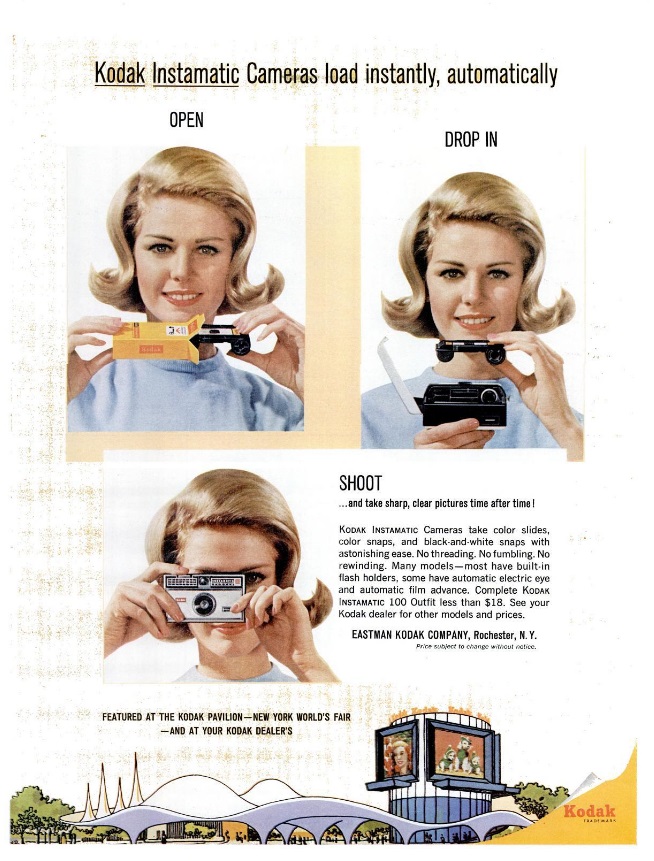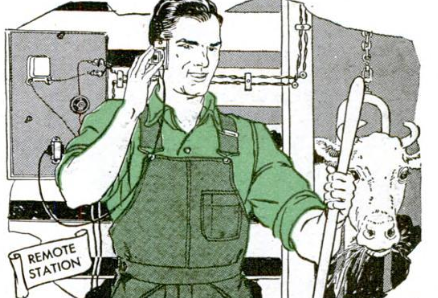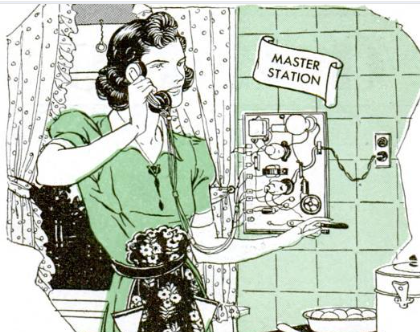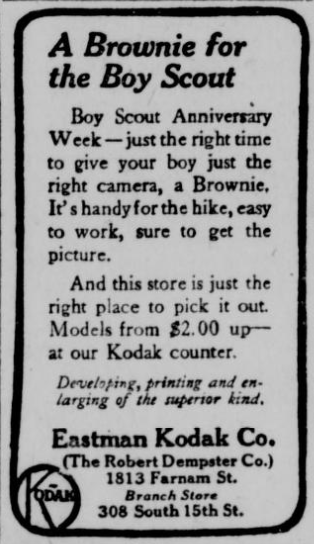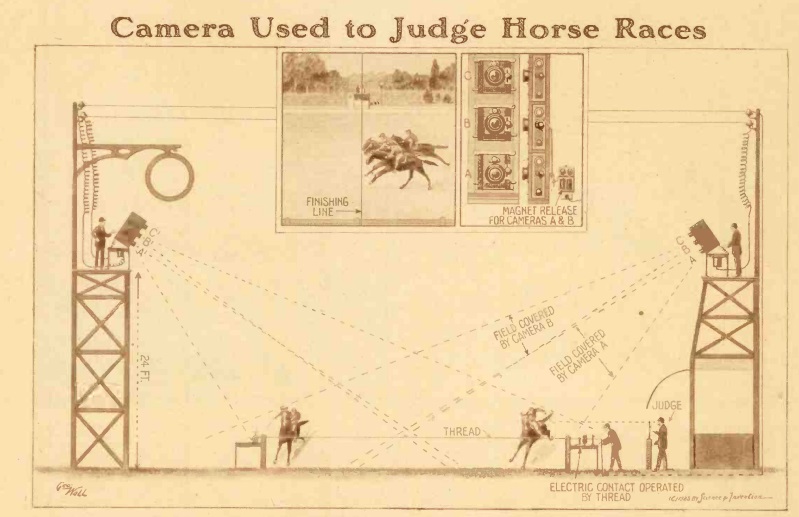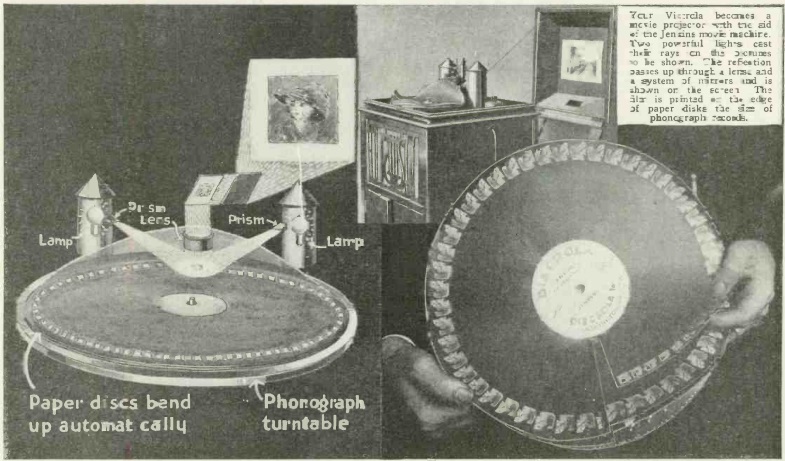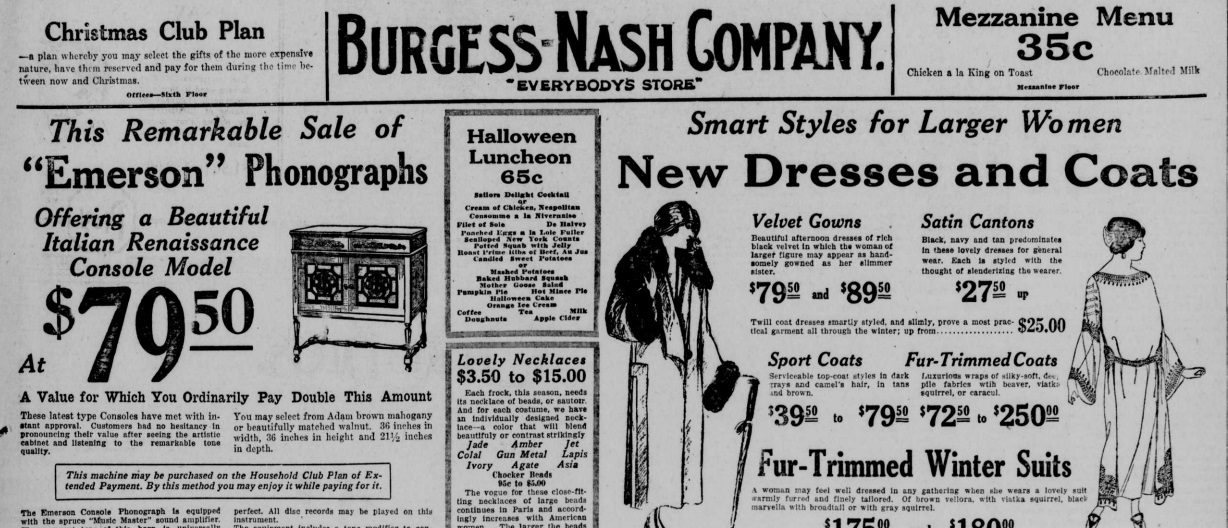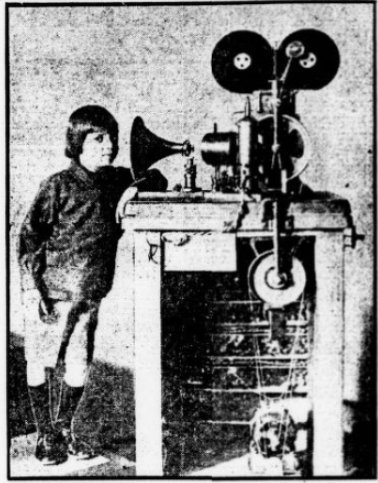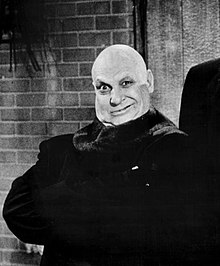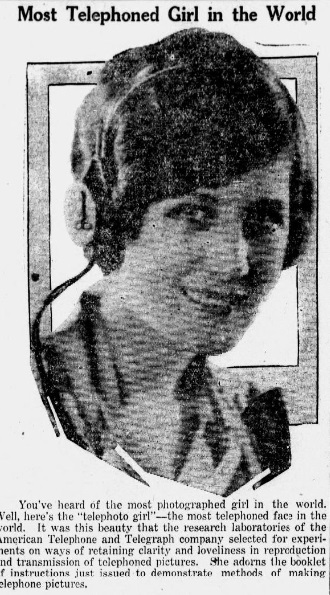 A hundred years ago today, this unnamed woman was named the “most telephoned girl in the world.” The title didn’t come from her receiving the most calls, but by her image being transported over phone lines. The July 22, 1924, issue of the New Britain (CT) Herald noted that it was “this beauty that the research laboratories of the American Telephone and Telegraph company selected for experiments on ways of retaining clarity and loveliness in reprodcution and transmission of telephoned pictures.” He picture was on the cover of the instruction booklet for the AT&T Telephotography service.
A hundred years ago today, this unnamed woman was named the “most telephoned girl in the world.” The title didn’t come from her receiving the most calls, but by her image being transported over phone lines. The July 22, 1924, issue of the New Britain (CT) Herald noted that it was “this beauty that the research laboratories of the American Telephone and Telegraph company selected for experiments on ways of retaining clarity and loveliness in reprodcution and transmission of telephoned pictures.” He picture was on the cover of the instruction booklet for the AT&T Telephotography service.

